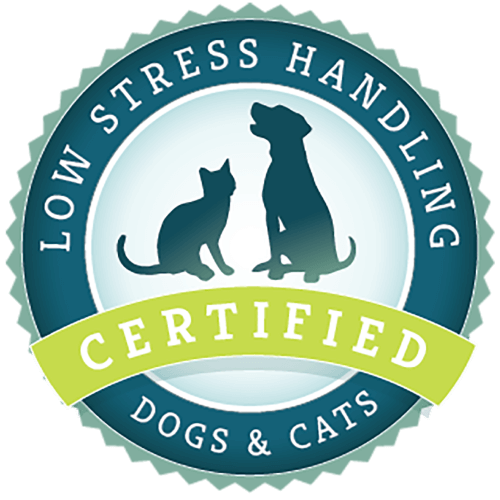What article are you looking for?
Category: I am a Trainer
Ontario ARC: Using the Treat & Train® for Occupational Therapy
While many trainers and pet owners use the Treat&Train® for training their pets, one unique use occurs at Ontario ARC (OARC), a facility whose mission is to “create great opportunities for people with intellectual and developmental disabilities.” Their Pet Connections Program uses Animal Assisted Interventions to encourage individuals with various disabilities to improve their range of motion, work on strength and endurance, and to enhance their social interactions with others. The program headed by Program Manager, Gail Furst, CPDT-KA, in conjunction with the Occupational Therapist, Brenda Burton, uses the Treat&Train® for individuals who are unable to deliver the treat to the dog using their
Using the Treat & Train® to Teach Fearful Dogs to Feel Comfortable with New Visitors in the House
At the San Francisco SPCA Behavior Resources Department, board certified veterinary behaviorist, Dr. Jeanine Berger, and her behavior technician, Lisa Stinnett, RVT, deal with fearful and aggressive dogs successfully on a regular basis. Their success is due in-part to their deep body of knowledge as well as a broad tool box. One important tool they use is the Treat&Train®—a remote controlled food reward system for training dogs and cats. One unique way that they use the Treat&Train is to reward reactive dogs to become more comfortable around strangers in the home. Treat&Train Behavior technician Lisa Stinnett explains, “The owner is instructed to play
Weavin’ Woes: Using the Treat & Train® to Teach Independent Weave Pole Performance
Miley is my five-year old Shetland Sheepdog, she’s had a fun career and is a great agility partner. In 2010, we were selected to be one of the teams to compete at the European Open Agility Championship (EO) in the Czech Republic. At the European Open, there are two team runs (one is Standard, one is Jumpers), and two individual runs (one is standard and is jumpers). Her two individual runs were good and we qualified and ran in the Finals. After arriving home from the EO and gathering my thoughts, I decided to work on Miley’s weave poles because
Using the Treat & Train® to Teach Settle: A Veterinary Behavior Technician Describes How
Every veterinary behaviorist’s dream is to have a technician who is certified in behavior. And if you’re a veterinarian in general practice, after you read this article, it may become your dream too. In this Q&A, Melissa Spooner, a licensed veterinary technician (LVT) with a Veterinary Technician Specialty in Behavior, answers questions about how she uses the Treat&Train® remote-controlled positive reinforcement training system during behavior consults to train dogs to settle down and to convince owners that she and the behavior team can indeed help them change their dog’s behavior. Spooner is the Special Events Coordinator at Oakland Veterinary Referral Services where she
Got the Sniffles? Jonesy the Jack Russell Terrier Can Fetch a Tissue!
Howdy Ya’ll. Today is part 3 of my wonderful tricks and stunts class. Today, you’ll see how I learned how to pull a tissue out of a bag. This was the easiest trick of the Christmas video. Back as a wee young-un, I learned how to pull Kleenex® out of a box in response to a “sneeze” cue. But how did I learn the Kleenex® trick? First off, I already knew to fetch. If you don’t know how to fetch yet, go here to see how your human can help teach you. In that video, she uses a Treat&Train® but you could just use
Jonesy the Jack Russell Terrier Doesn’t Need a Stunt Double, He Does His Own Tricks!
But even if you’re not a black belt in karate, you can still learn a basic karate kick. Here’s how I learned it. The key to this trick for me was figuring out that I was supposed to lift a hind leg. A clicker or some marker word that means a treat is coming is essential. My human had to click while I was lifting a hind leg, but the trick was that I had to be aware that I was lifting my hind leg. Otherwise I couldn’t perceive that the click was associated with that

Low Stress Handling® Silver-Level Certification
Individual Certification at this level demonstrates to clients and employers the individual’s dedicated interest in Low Stress Handling®. Hospital Certification at this level demonstrates to clients and staff the hospital’s commitment to appropriately training staff in Low Stress Handling® methods.
Learn More
